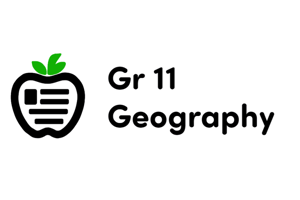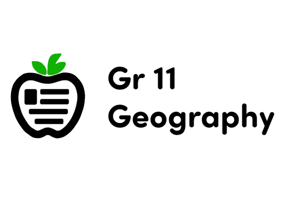Podcast
Questions and Answers
Which aspect is measured by the number of births per thousand people in one year?
Which aspect is measured by the number of births per thousand people in one year?
- Birth rate (correct)
- Life expectancy
- Death rate
- Poverty rate
What does the Human Development Index (HDI) evaluate?
What does the Human Development Index (HDI) evaluate?
- Access to safe drinking water
- Gross National Income (GNI)
- Income, life expectancy, and literacy rate (correct)
- Infant mortality rate
Which measure assesses the percentage of a population living in poverty?
Which measure assesses the percentage of a population living in poverty?
- Child mortality rate
- Access to healthcare
- GDP
- Poverty rate (correct)
What does the GNI represent?
What does the GNI represent?
Which aspect is evaluated by looking at literacy rate, life expectancy, and income in countries?
Which aspect is evaluated by looking at literacy rate, life expectancy, and income in countries?
What does the literacy rate measure?
What does the literacy rate measure?
What is wealth defined as?
What is wealth defined as?
In a traditional economy, what is the main occupation of the majority of people?
In a traditional economy, what is the main occupation of the majority of people?
Which type of economy involves the government controlling all resources, goods, and services?
Which type of economy involves the government controlling all resources, goods, and services?
What type of industry involves companies producing goods from natural resources?
What type of industry involves companies producing goods from natural resources?
Which factor does NOT affect wealth according to the text?
Which factor does NOT affect wealth according to the text?
What is a key feature of a market economy?
What is a key feature of a market economy?
Flashcards are hidden until you start studying
Study Notes
Quality of Life Indicators
- Access to education: measured by percentage of people with a reasonable opportunity to go to school
- Access to healthcare: measured by percentage of people who have a reasonable means of getting good healthcare
- Access to safe drinking water: measured by percentage of people who have access to safe water
- Birth rate: measured by number of births per thousand people in one year
- Child mortality rate: measured by number of children who die under age 5 out of 1000 people per year
- Death rate: measured by number of people who die per thousand people in one year
- GDP (Gross Domestic Product): value of all goods and services a country produces in 1 year
- Income: a person's salary
- Infant mortality rate: measured by number of babies who die before age 1 per 1000 people per year
- Life expectancy: average number of years expected to live
- Literacy rate: measured by percentage of population who can read and write basic sentences and do basic calculations
- Poverty rate: measured by percentage of a population living in poverty
Inequality and Human Development Index (HDI)
- Inequality: lack of equality between people or groups of people, affected by social and economic factors
- Human Development Index (HDI): measures a country's development based on literacy rate, life expectancy, and income
- Gross National Income (GNI): total income of a country divided by the number of people
Wealth and Geographic Factors
- Wealth: total value of a country's resources, including material goods, natural resources, and human resources
- Natural resources: materials or substances that exist in nature and that humans can use, such as minerals, forests, and water
- Location: physical features of a place or its situation relative to other places
- Human resources: people with skills, knowledge, and experience needed in business and industry
- Reasons for differences in wealth between countries: economy, natural resources, location, and human resources
Economy and Economic Sectors
- Economy: system by which goods and services are produced, sold, and bought in a country or region
- Traditional economy: small community, majority of people are farmers who meet their needs through their own efforts
- Command economy: government controls all resources, goods, and services
- Market economy: producers and consumers make all the economic decisions
- Mixed economy: people and businesses are free to make their own decisions, but government regulates and encourages business
- Primary industry: extracts natural resources, e.g., oil company drilling and pumping oil
- Secondary industry: transforms natural resources into products, e.g., company making styrofoam out of oil
- Tertiary industry: provides services, e.g., restaurant selling food and drinks in styrofoam containers
Studying That Suits You
Use AI to generate personalized quizzes and flashcards to suit your learning preferences.




